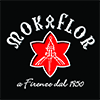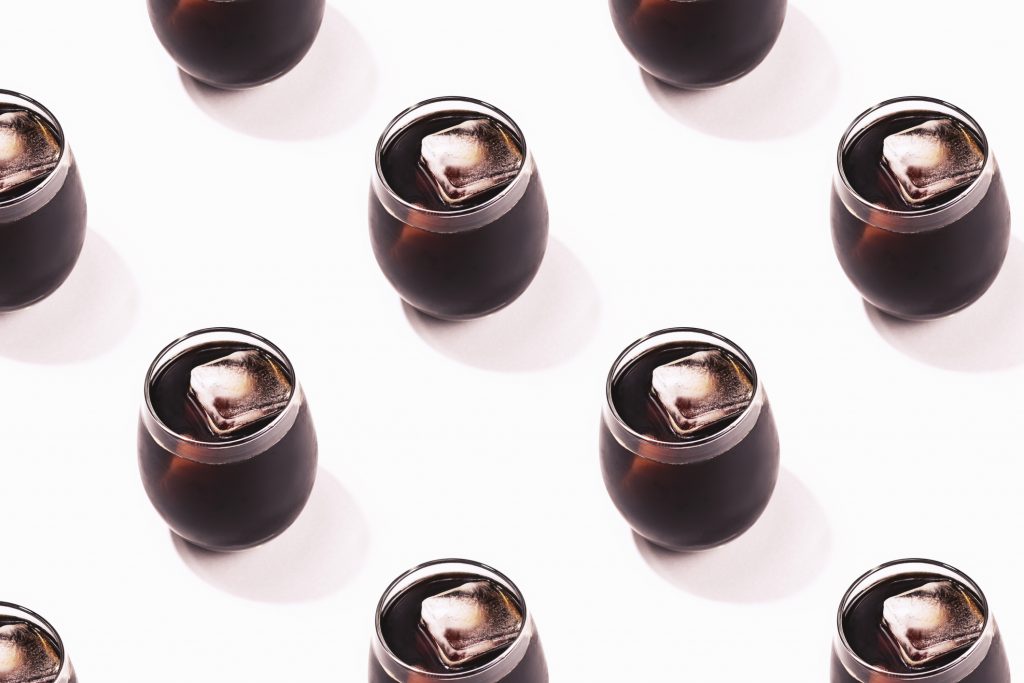Different extraction technique, different flavor, let’s see the differences between cold brew and iced coffee!
One is a great classic proposed mainly in Italy in its simplest form, but revisited in a thousand ways. The other is one of the strongest current trends in the world of coffee!
What is the difference in taste and preparation of these two recipes?
Let’s start by clearing a possible misunderstanding: cold brew and iced coffee are not the same thing! The recipes are made of the same ingredients (coffee and water, even its solid form), but the extraction technique is completely different, as is the taste profile. Let’s understand the differences starting with how cold brew and iced coffee are prepared. Let’s analyze the differences in preparation between the two!
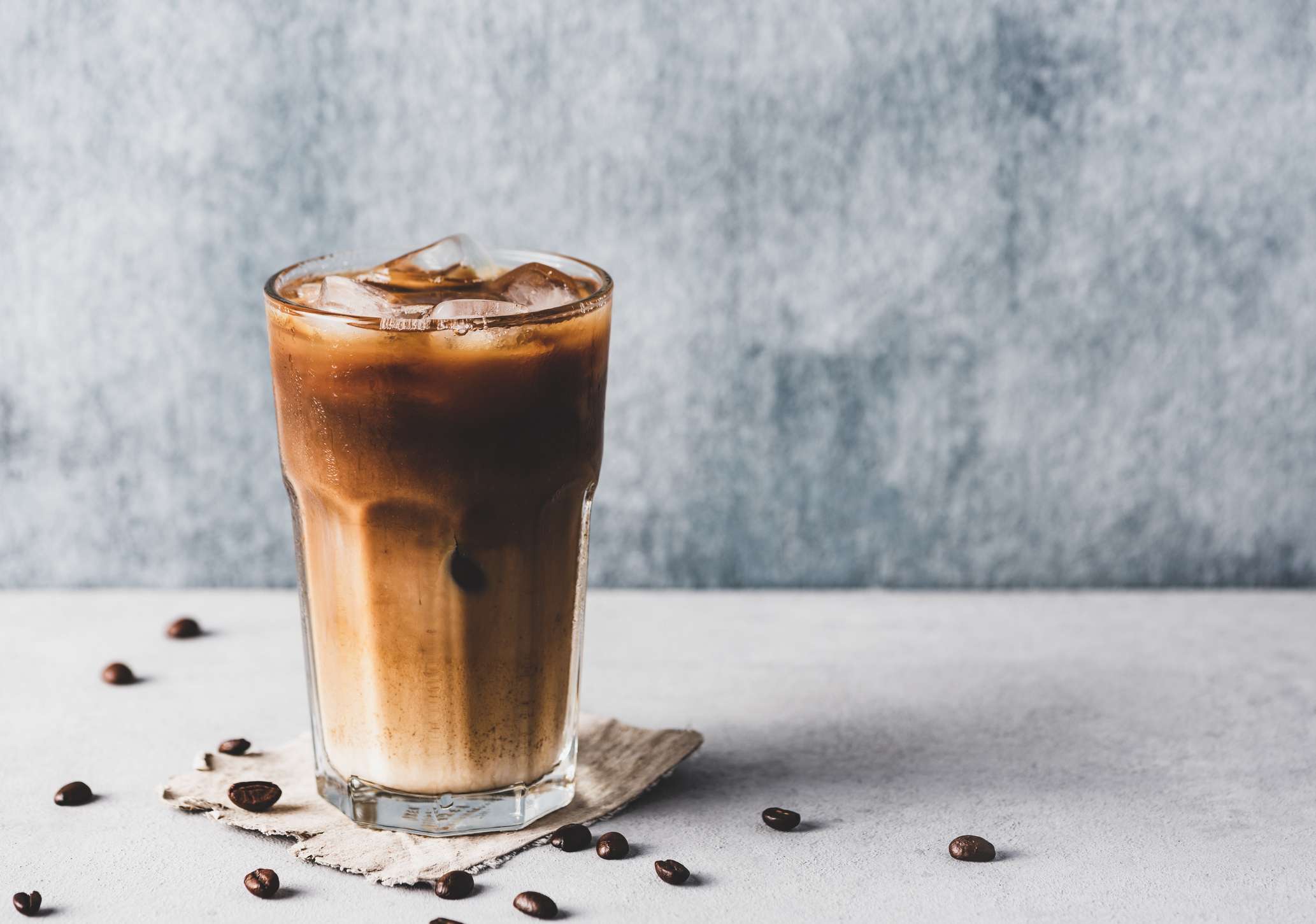
How to make iced coffee?
Iced coffee is simply a normal coffee which is left to cool off after its extraction. The technique with which the coffee is extracted varies from country to country. In many parts of the world it’s a filter coffee, perhaps prepared with the French press or by percolation with drippers such as the V60. In the most classic Italian-style version it’s prepared with a Moka or with a espresso machine.
To understand exactly how to prepare iced coffee we must think that its extraction will follow the classic canons of the normal “hot” extractions. The difference will therefore be the duration of the contact time between coffee and water, the temperature of the water itself, the degree of grinding and the amount of coffee used. All this will lead to a percentage of extraction in which the more the coffee is extracted, the more bitter and full-bodied it will be. On the contrary, the less it will be extracted, the “lighter” and less acidic it will be (depending also on the amount of coffee used, which can greatly change the degree of extraction of coffee and also the taste).
Once the coffee has been extracted, it is left to cool off . In the fridge, if we want to keep it a little longer (the ideal would be to use a blast chiller), but for a “fresher” version it is directly left to cool with lots of ice, before then being served.
Types of iced coffee
One of the classic examples of an iced coffee is the very Italian Espresso Shakerato, but at an international level why not also think of the Japanese Iced Coffee, prepared with a dripper or the famous American Iced Latte, with all the variations made sweeter and more delicious by flavored syrups.
Have you also heard of the Vietnamese Iced Coffee? It is certainly the most consumed coffee in Vietnam, which in recent decades has conquered the role of the second largest coffee producing country in the world.
Let’s now have a look at how to prepare Vietnamese Iced Coffee. To prepare this drink, a very particular metal dripper is used, the Phin, which allows you to prepare a very intense and concentrated coffee that is percolated directly on ice and condensed milk. Condensed milk is the main ingredient of Vietnamese Iced Coffee. In fact, thanks to its sweetness, it is able to mitigate the bitter notes of Vietnamese coffee of Robusta variety, which is usually roasted quite dark.
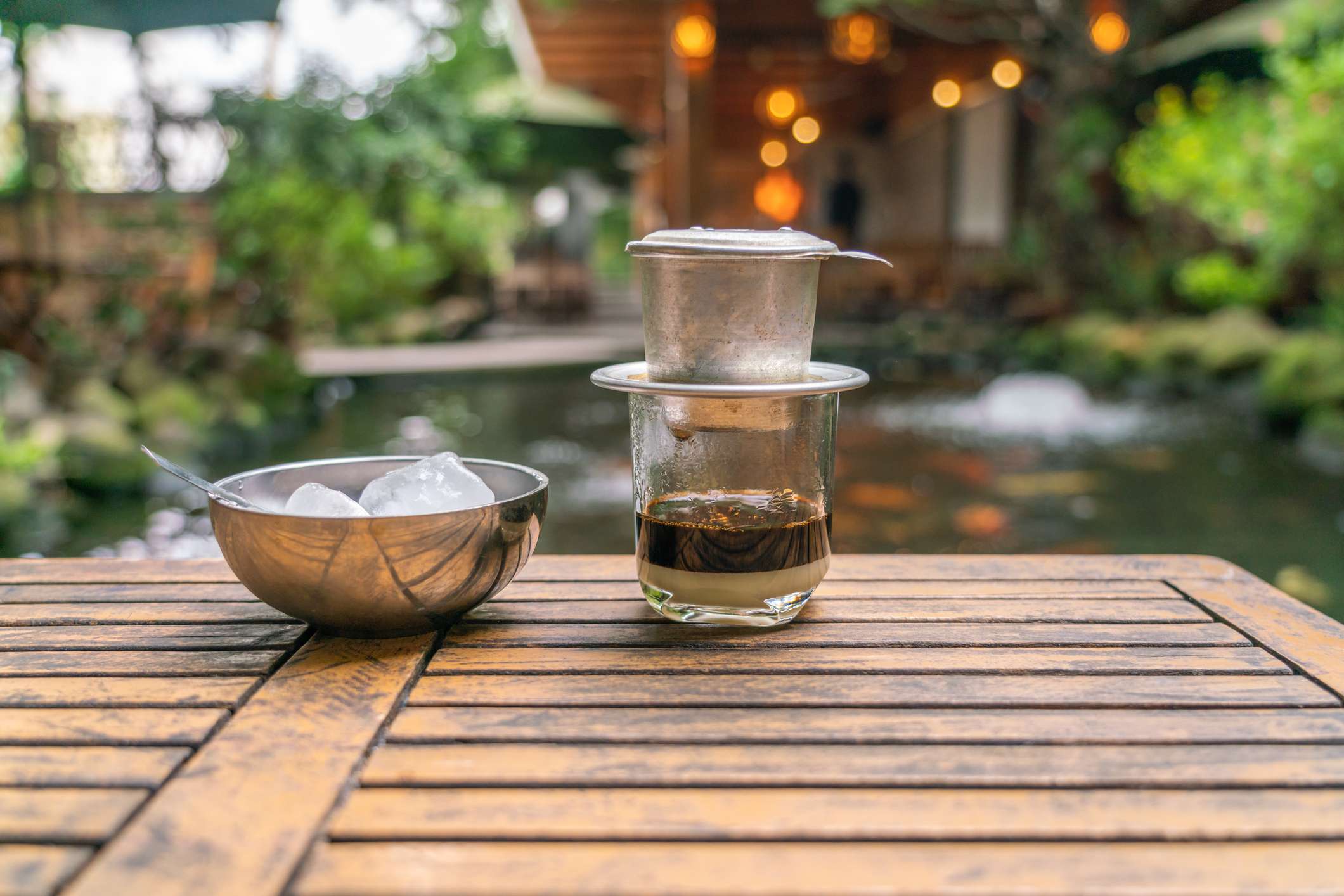
We can therefore say that there are quite a few versions in which we have both coffee and ice, but also many other ingredients. From syrups to toppings, their aim is to enrich the preparation, but certainly not to enhance the taste of coffee!
How to make Cold Brew
This preparation, on the other hand, is nothing more than a coffee prepared using cold water, at room temperature, but also served ice-cold. At low temperatures, the water has a limited solvent capacity and for this reason the preparation takes a very long time, from 8 to 24 hours. There are two main methods for preparing coffee using cold water: Cold Drip and Cold Brew.
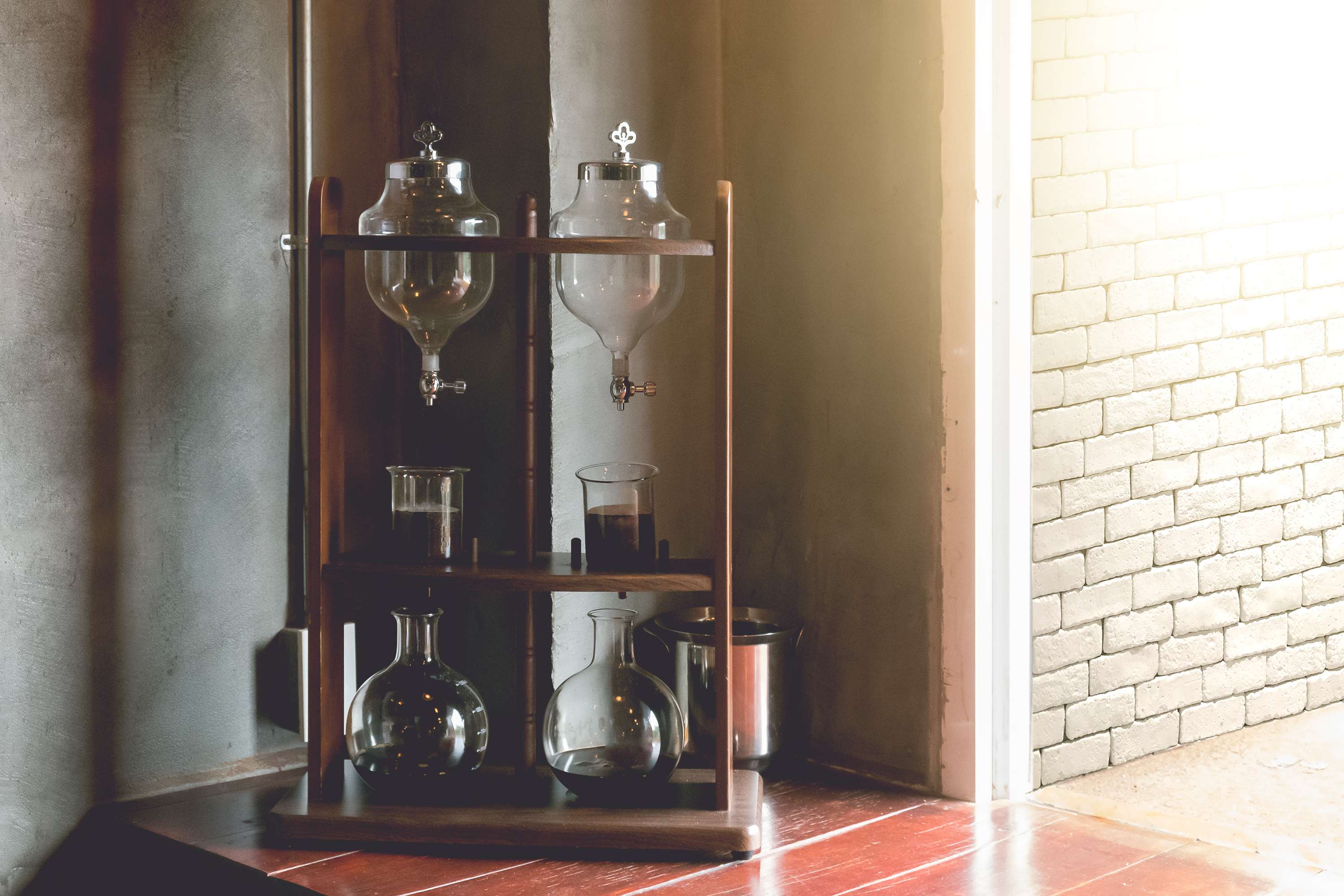
Cold Drip
This is a method of extraction by percolation in which the water, drop by drop, falls on the ground coffee, passes through it, extracting the aromatic substances. Then it falls into a carafe which, at the end of the extraction time, will collect the drink. Cold Drip coffee brewing tools are very stylish and certainly do not go unnoticed if placed on top of the counter of a coffee shop.
Cold Brew
This is a method of extraction of coffee by infusion in which water and coffee remain in contact for the entire time of extraction. Usually a concentrate is prepared with this method, which must then be diluted with water. This makes it perfect for different cold coffee recipes. Also, combined with milk or plant based drinks that are increasingly in demand such as oat, almond or soy milk. The latest consumption trends say it can also be combined with sparkling drinks such as tonic water or lemonade and used in mixing for refreshing alcoholic cocktails.
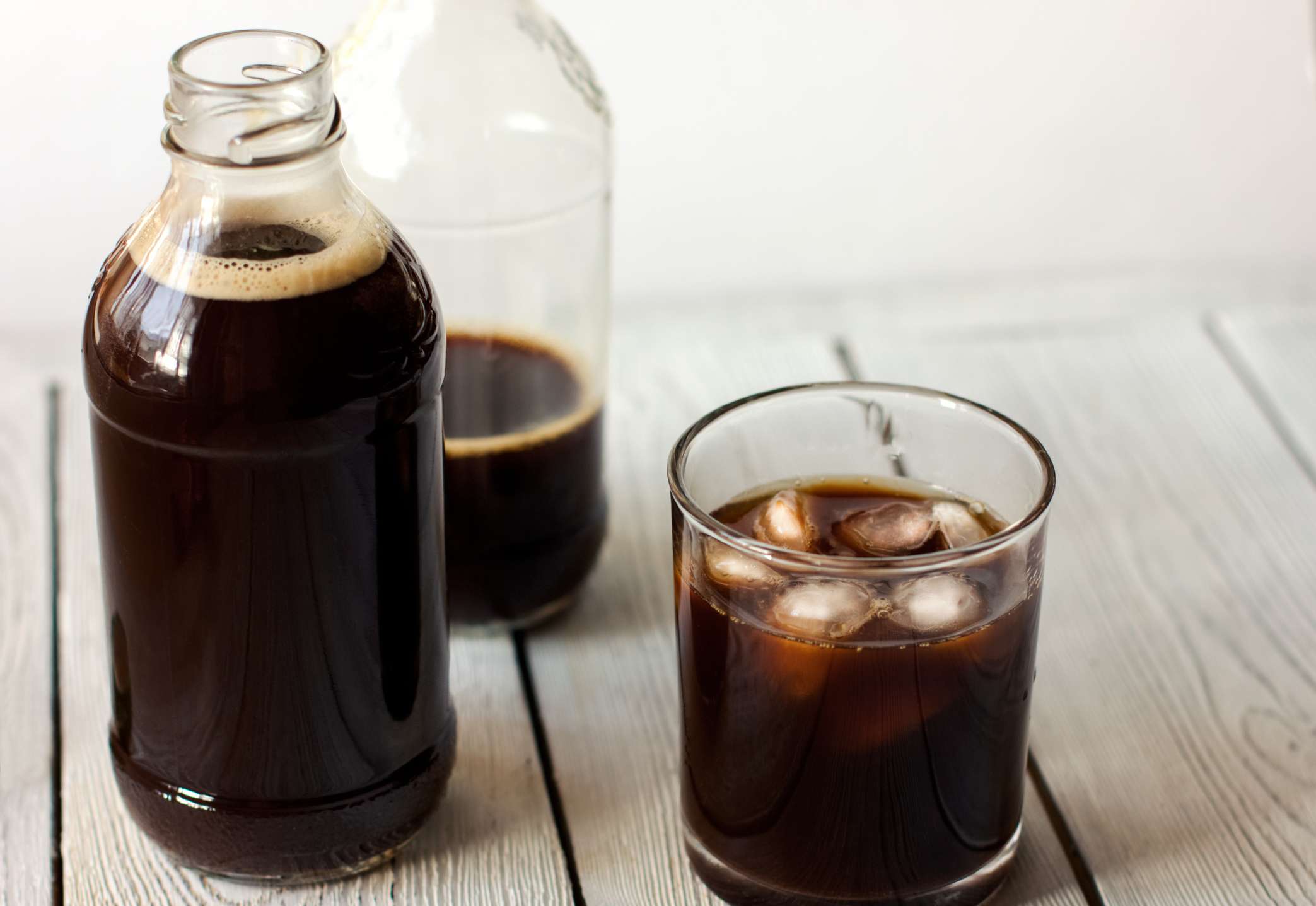
COLD BREW VS ICED COFFEE: The difference in taste
Although, as we have seen, there can be many differences given by the variables of the preparation (not to mention those given by the different coffee we use), the iced coffee will tend to be more full-bodied, bitter and with a higher acidity, while the cold brew will have finer, sweeter aromatic notes and a much lower (and less agressive) acidity, especially for our digestive system.
It is clear that the organoleptic differences will also depend on the coffee which we use. For the iced coffee an African washed Arabica could be perfect for the brilliant acidity that it gives to these preparations. However, the iced coffee is also a recipe that goes very well with blends, such as the 100% Arabica Bernini that will give body and elegant aromas.
We can also make extraordinary cold brews for example with natural processed Brazilian coffees or with the great classic full-bodied, sweet and mild Colombian coffees. Among the blends, for a nice roundness and aromas ranging from caramel to fruity, the Mokaflor Special Cut is ideal!
